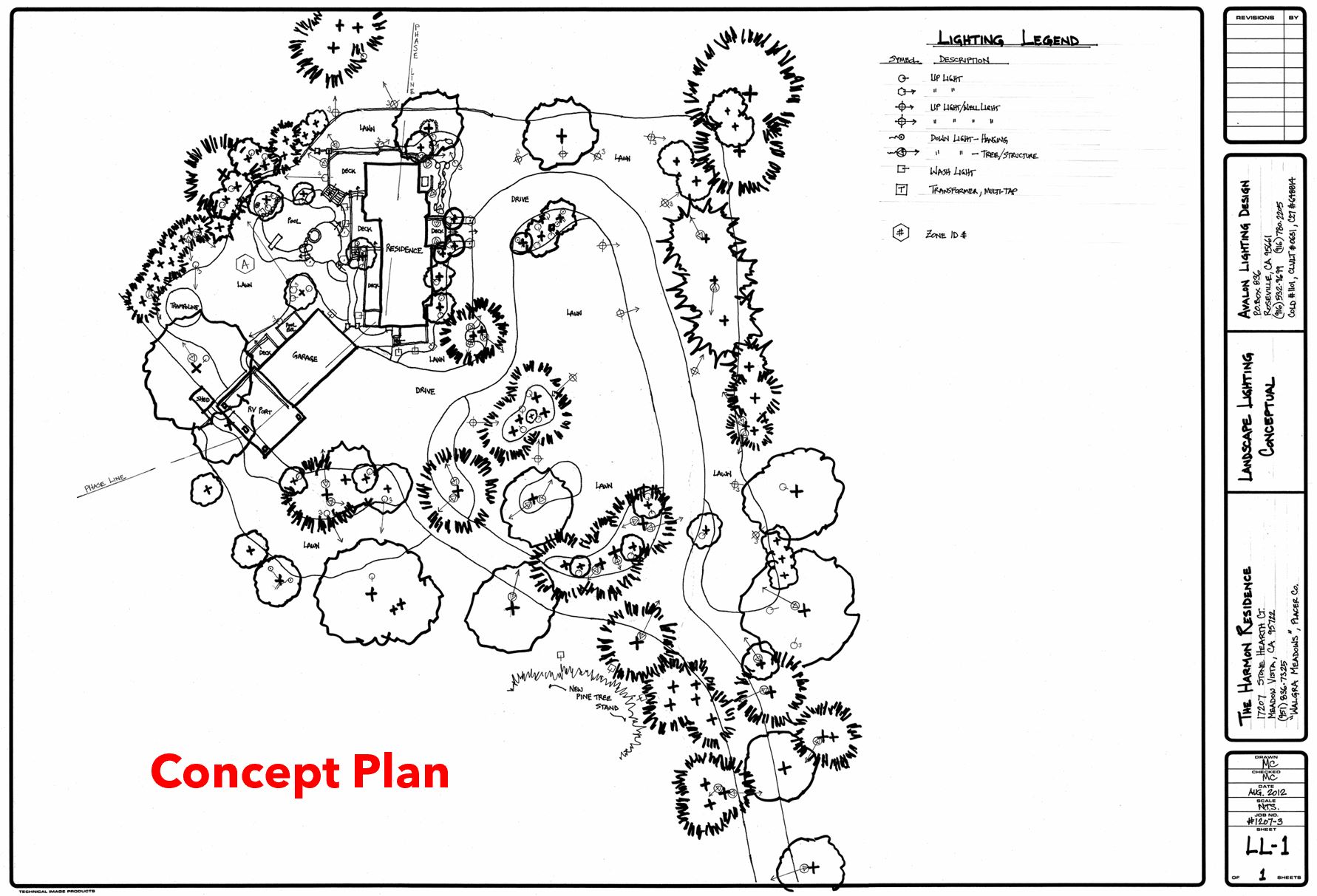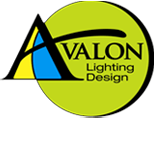Services
- Home
- /
- Services
- (916-532-9699)
Overview:
As of 2026, Avalon Lighting Design will be changing its service offering from what it did previously. Most of the change comes in the form of how much I perform in the physical installation phase. I will be more heavily involved with Design, Consulting, and Project Management. Also, I intend to serve the following project types:

- Residential, Estate, and Vacation Properties
- Landscape Architects, Interior Designers, and Lighting Designers
- Builders/Contractors, Property Managers, and Developers
- Public & Private Parks or Gardens
- Hospitality Projects (Hotels & Restaurants)
On a personal note, I am most excited about designing and developing garden spaces that are ‘Affective’; those that provide a positive emotional experience. These spaces provide Well-Being to those utilizing them. They include those gardens that instigate rejuvenation, relaxation, thought, solitude and prayer. This can only be done by thoroughly understanding the principles of composition, and by being proficient at lighting applications.
These affective spaces require much more that what is provided by standard landscape lighting applications. The lighting designer must have control over individual lights as well as the entire space/setting, so that it provides atmosphere or mood. All of this is tied deeply with psychology. I have spent the past decade greatly advancing this skill proficiency. This is the big difference between my service offerings versus the competition.

Service Categories:
Avalon Lighting Design offers five types of services, depending on the needs of my client. This service mix can be customized, as well:
1. Design
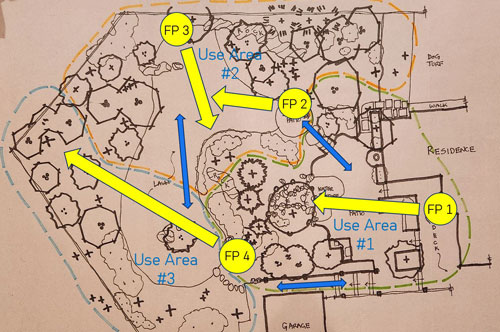
This category is my primary proficiency and where most of my work comes from. Design is the most crucial step to any successful project. The advantage of working with me is that I save you money in time. Other providers may have lower hourly rates, but they often take much longer to find an effective design solution.
The Design Process includes:
- Owner meeting, pre-design development, site analysis, and conceptual plan
- Specifications, installation practices, and details
- Bid-package provision, bid selection, and installer management
- Conceptual planning (design team assistance)
- Aiming and adjustments
- Documentation, as-built plan, and future services packages
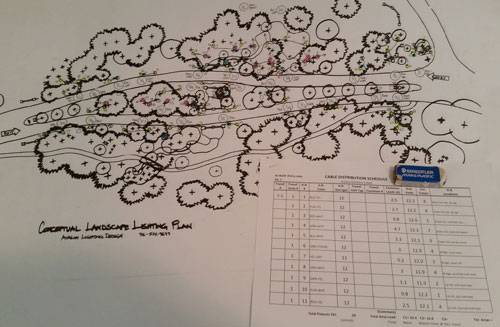
2. Design-Build
This category includes everything in the Design category plus installation oversight and management. It helps the project owner avoid extra bidding costs and simplifies contracting, ordering, and scheduling through a streamlined in-house approach.



3. Project Management
This option is ideal for those who already have a designer or installer but need professional guidance throughout the execution of the project. It is a great solution for landscape architects, interior designers, and builders who may not typically work within this trade practice.
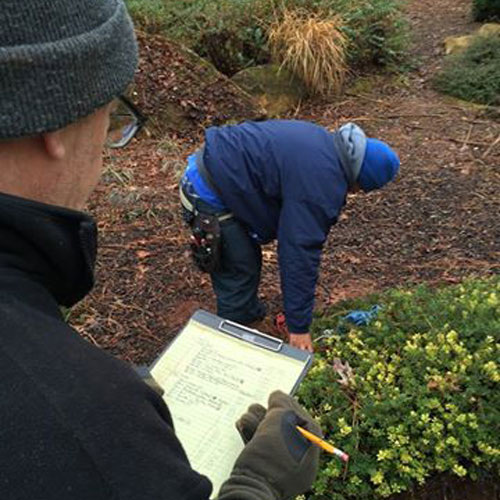

4. Consultation
Similar to project management, I can act as a team member to ensure lighting design solutions are practical, effective, and high-quality. My experience provides valuable insight into product selection, materials, and installation practices—offering a cost-saving advantage.
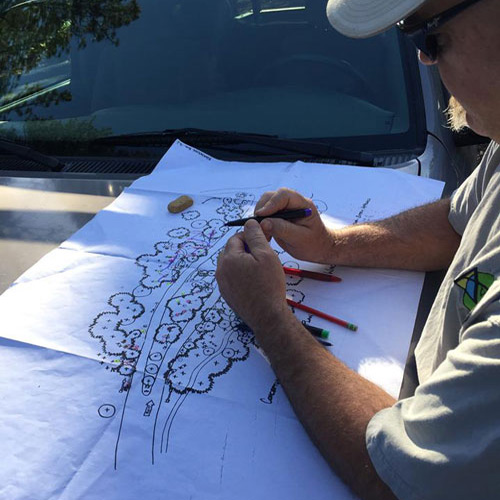
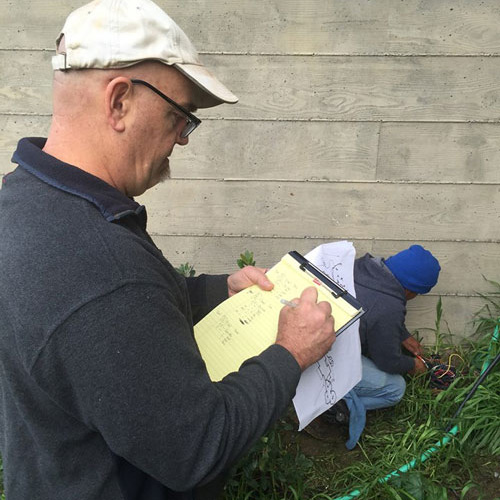
5. Maintenance & Services
This category is essential for ALL landscape lighting projects. Without routine maintenance, lighting systems naturally diminish due to environmental conditions, human or animal interactions, and Acts of God.
The only way to preserve the original design intent is through consistent service. Ongoing documentation should be updated at each visit. Whether you are a project owner or a professional business, this category is necessary to uphold your brand and image. I offer complete maintenance programs for designers, installers, and project owners.
Note: Service rates vary depending on the category, project size, and extent of required work.

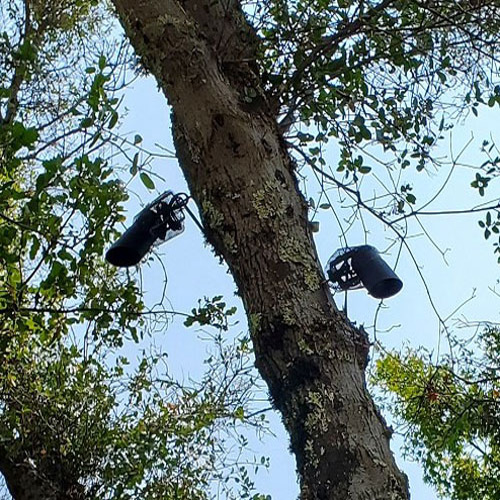
My Process
I believe in “Fairness,” not only for my client, but for myself. Neither party should be taken advantage of. With that said, I operate primarily on a Time & Materials (T&M) basis. Most of the work I perform under these categories uses this format.
If I am hired to perform Design or Design-Build Services—I will negotiate a fair cost for my time to walk the project site with you and to learn about you and your needs. This is not a “free” service. These efforts cost me my time and the expense to do so. My time is no different than any other professional’s time. It’s consideration, and it should be viewed as an investment into your project…a successful one made by good decisions.
If I am hired to perform Consulting or Project Management Services—I will negotiate a fair cost depending on the scope of the project, the different stages of the project, as well as other parameters.
As far as the steps in my process, I provide a thorough approach in everything I do. The following elements are only one part of the Design Process:
Initial Contact— typically, this step is done by phone (preferred) or email. Information will be gathered about the job location, Owner and team members, and urgency of the timeline. In addition, I’ll want to know why you contacted me (referral or random call), as well as what you are looking for in my services.
During this initial contact, the Owner, as well as myself should be able to determine whether we are a good fit for one another. If we can come to a mutual understanding to move forward, then I will establish our on-site meeting.
Client/Team Meeting—this step will require the Owner to pay a basic consulting fee for my time to meet and gather information. Generally, this will take from 1 to 4 hours, depending on the extent of the property and project. This meeting will take place with the Owner(s) and/or Owner’s Representative. Included in this meeting is a site walk-through and more questions to determine desires, concerns, and fears. We will also discuss the expectations of both parties and the hierarchy of controls, including payment processes.
Note: One expectation that I have is to work directly with the Owner on decision-making and payments. I cannot guarantee project completion dates and scheduling if there is a lag-time in communications.
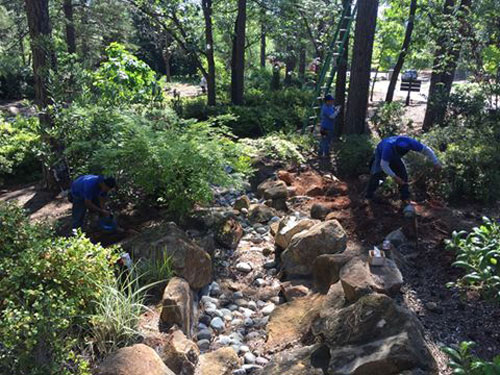
Site Analysis Work—this work will begin if agreed upon during the Client Meeting step, and may start that same day, while on the project site. The Site Analysis is a very important part of preparing for the Conceptual Planning work. This work can take several hours (depending on job size), where I will perform a thorough walk-through to document conditions. I’ll be making notes and documenting information related to site access, utilities, hazardous conditions, terrain & soil conditions, water & bathroom facilities, storage & parking areas, etc. I will take photos and videos to aid in this information capture.
Depending on whether the Owner has access to plans of the project site, they can help save time in this early information gathering stage. Typically, I would utilize a site plan, landscape plan, and any supporting architectural plans if structures are concerned. Other plans may be requested depending on the nature of the project. I will prepare a Relative-Scale Drawing, which becomes my Conceptual Plan, if these other plans are not accessible. For this part of Site Analysis, I call it the ‘Pre-Design Development’ stage. Once I compile all of this information, I can develop my ‘Design Intent’ for the Conceptual Plan.
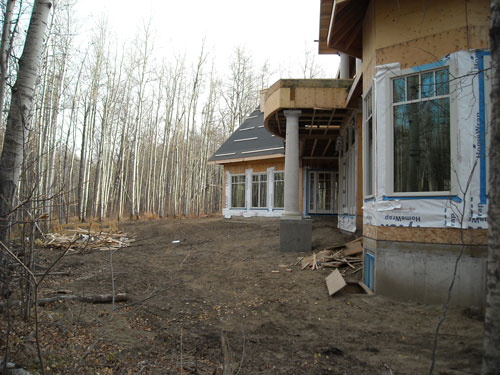
Conceptual Design—this is the step I will prepare the Conceptual Plan for presentation and discussion with the Owner. In addition, we may walk the property so that understanding is ensured. An estimated budget will be provided with this concept, so that the Owner can determine whether it’s acceptable or not. The budget is a “ballpark” number or range at best, and it is used to determine how the project might proceed into an installation phase.
The Concept Plan is a graphic representation of the general locations of lighting equipment and the types of products used. It’s a simplified presentation for understanding the “Intent” of the design. No construction details or specifications are provided at this point. It’s provided to gain “Acceptance” to perform the installation work.
This is the basic framework for the first part of the Design Process only. There are more steps and requirements for the Landscape Lighting Designer to complete the finished job.
